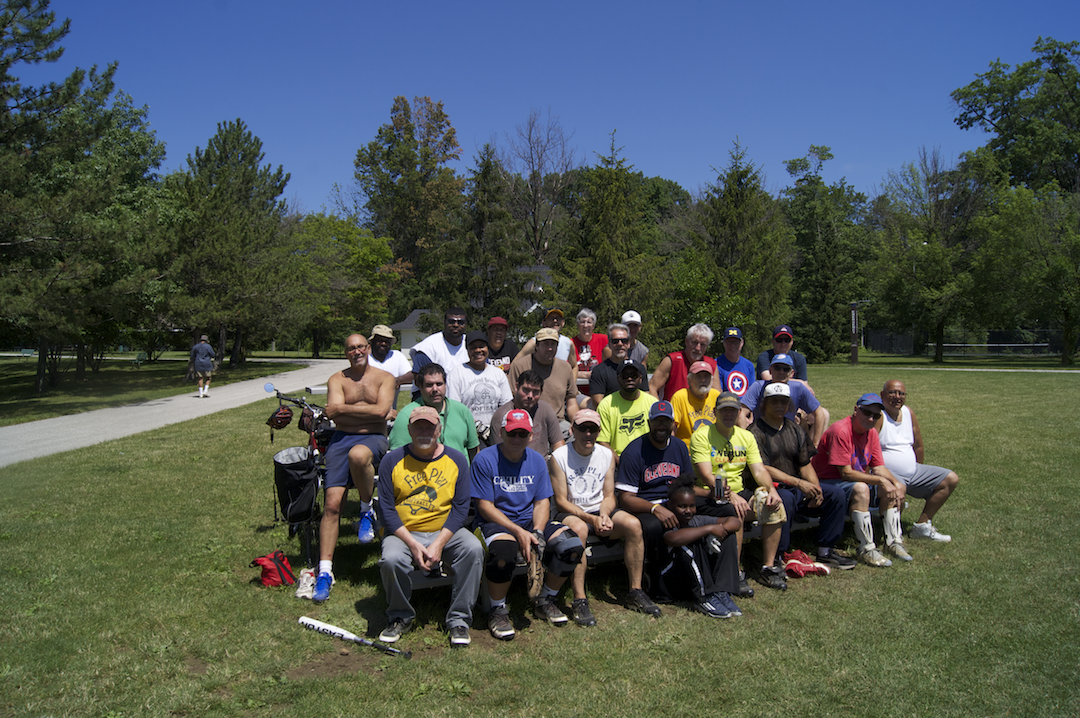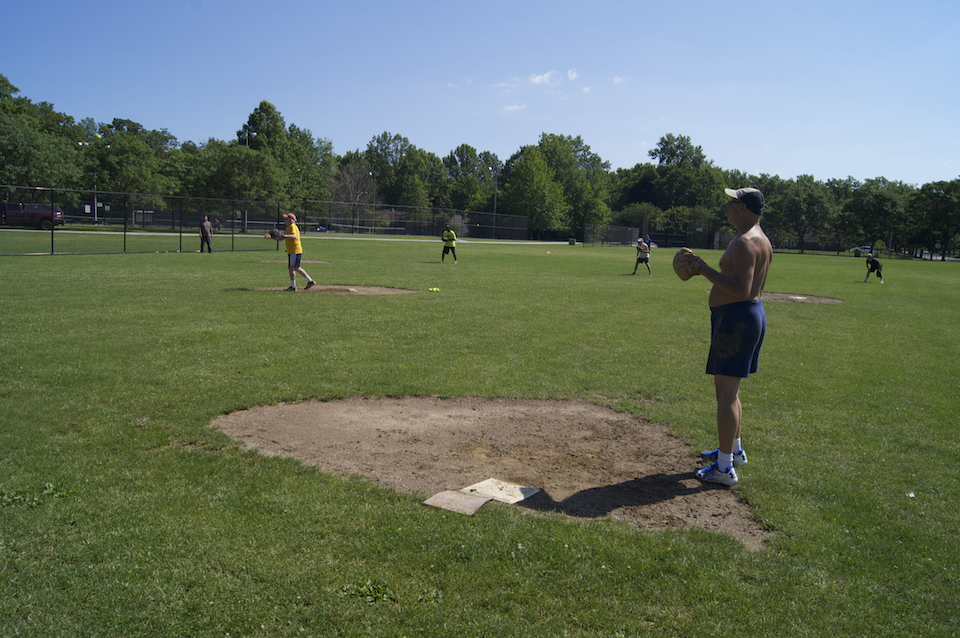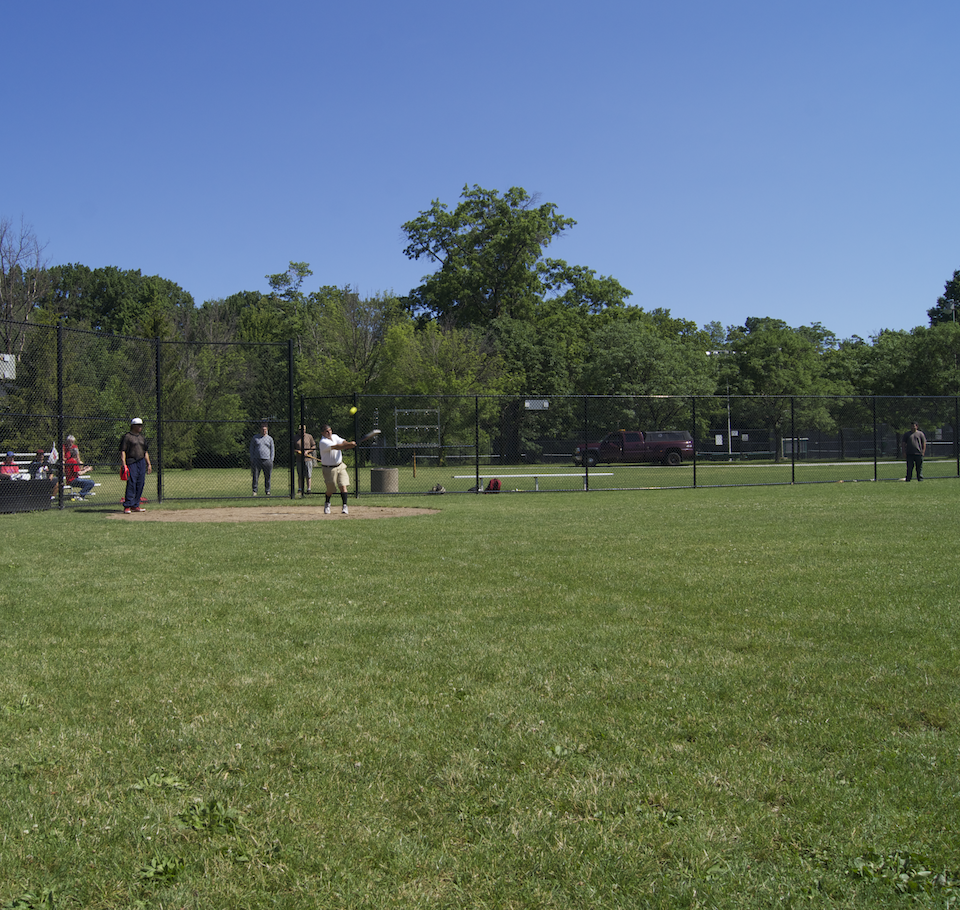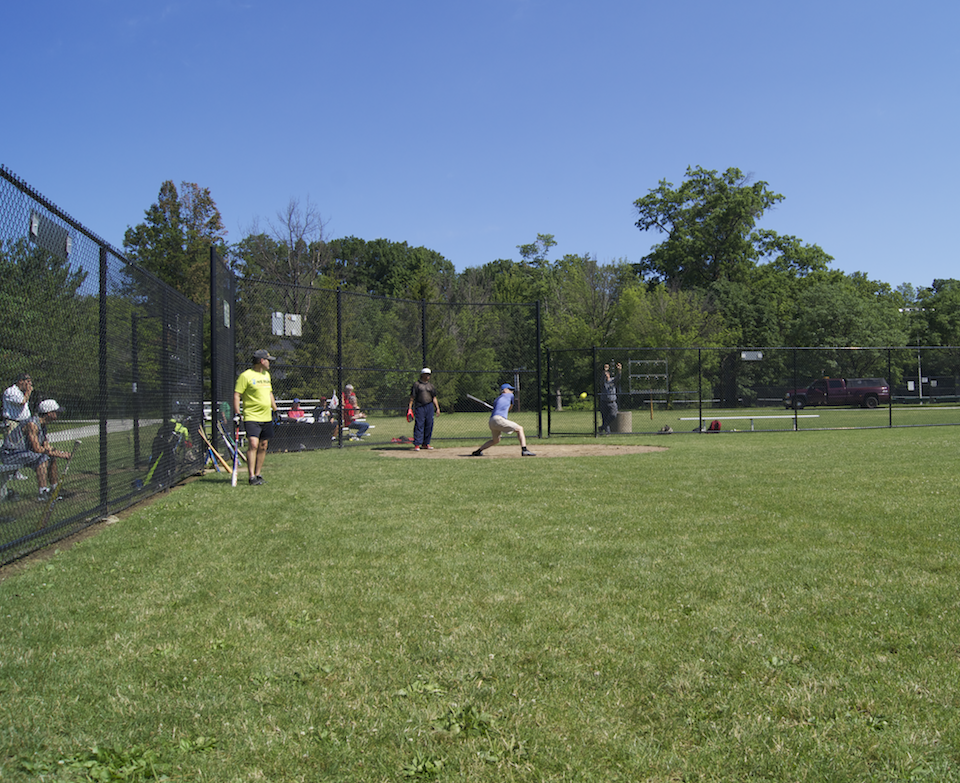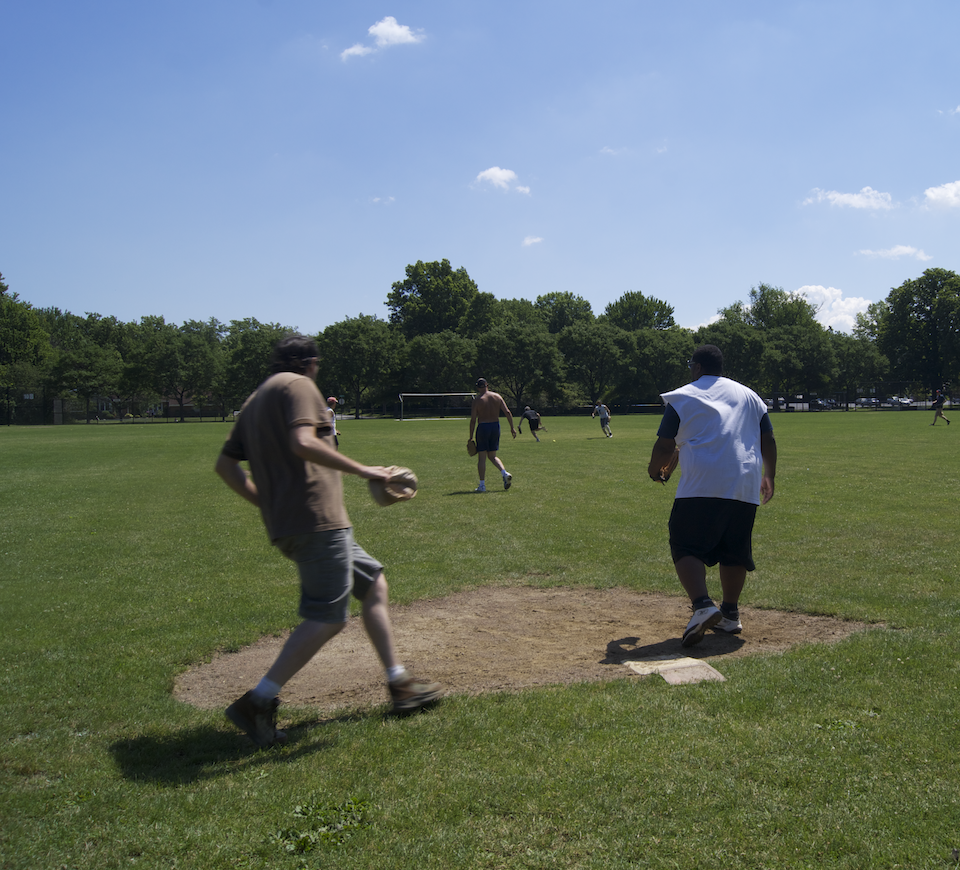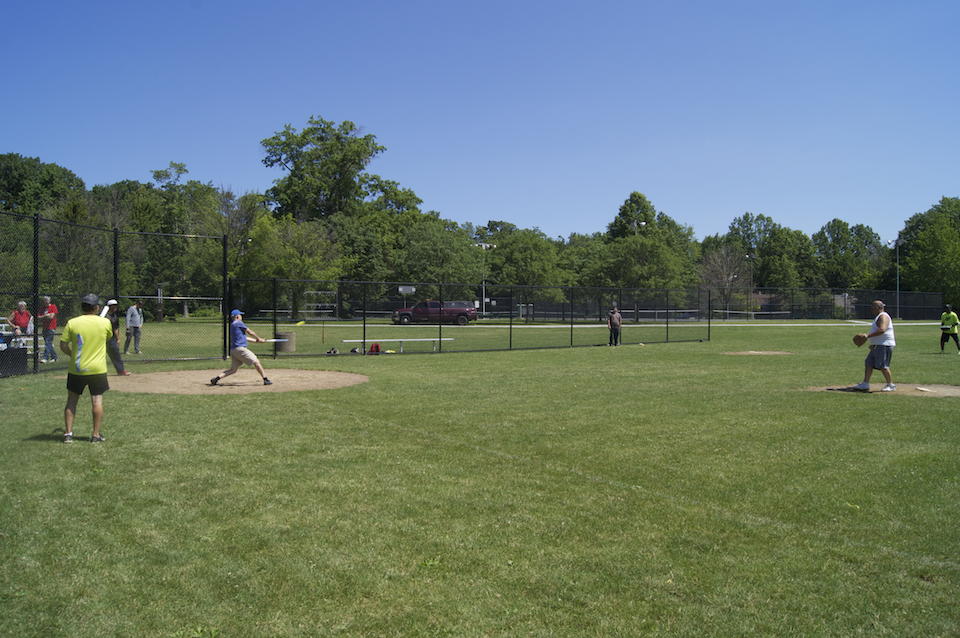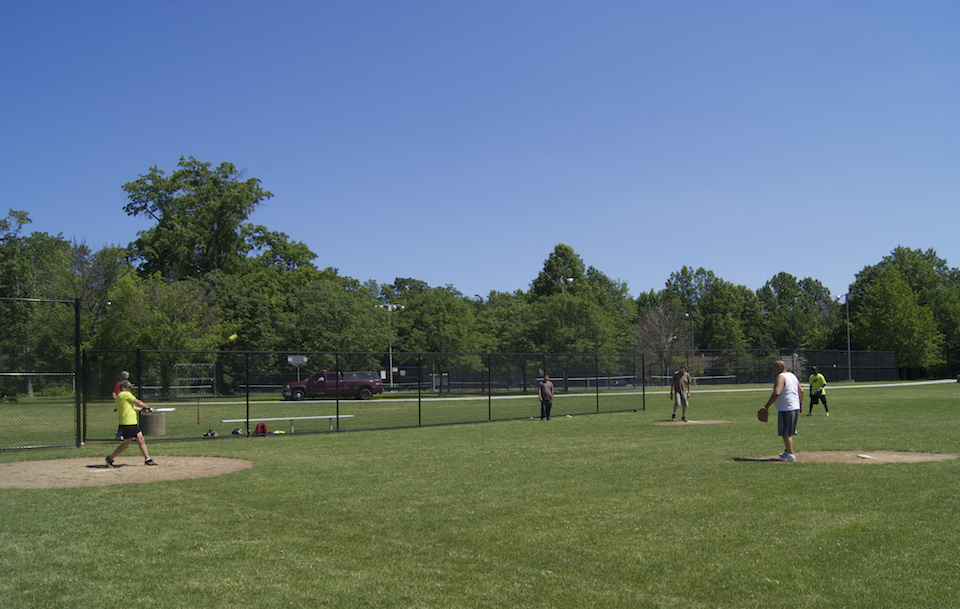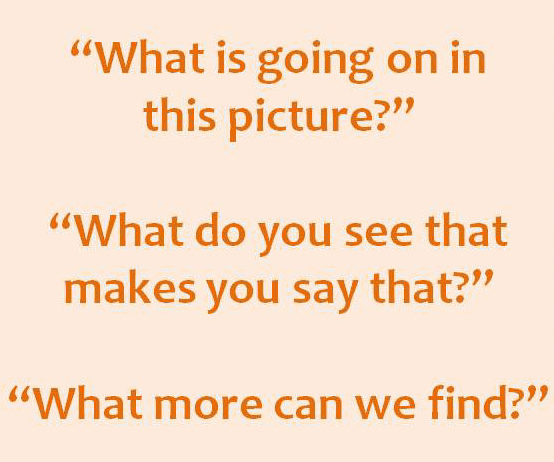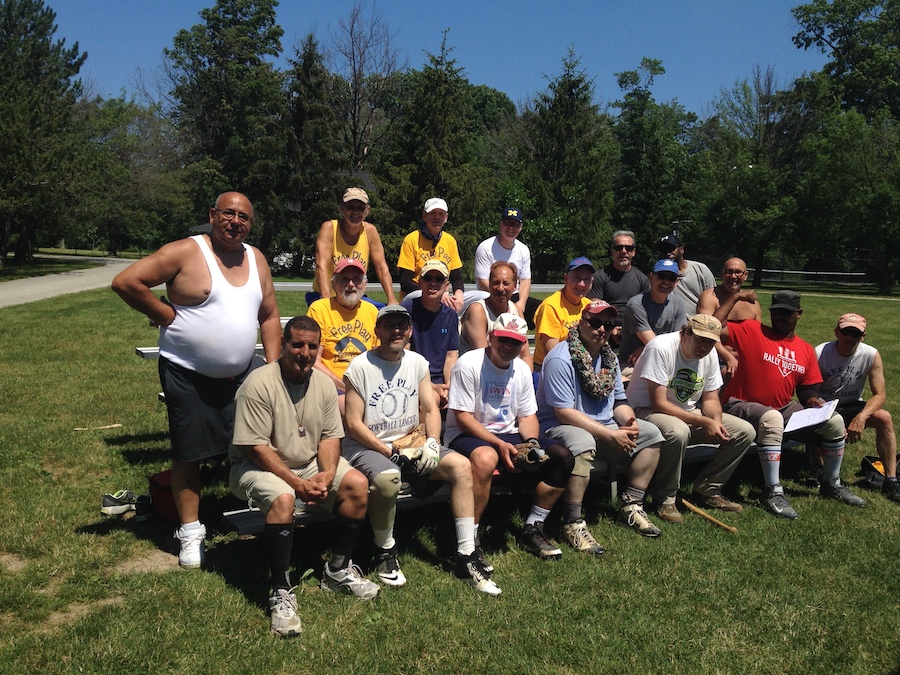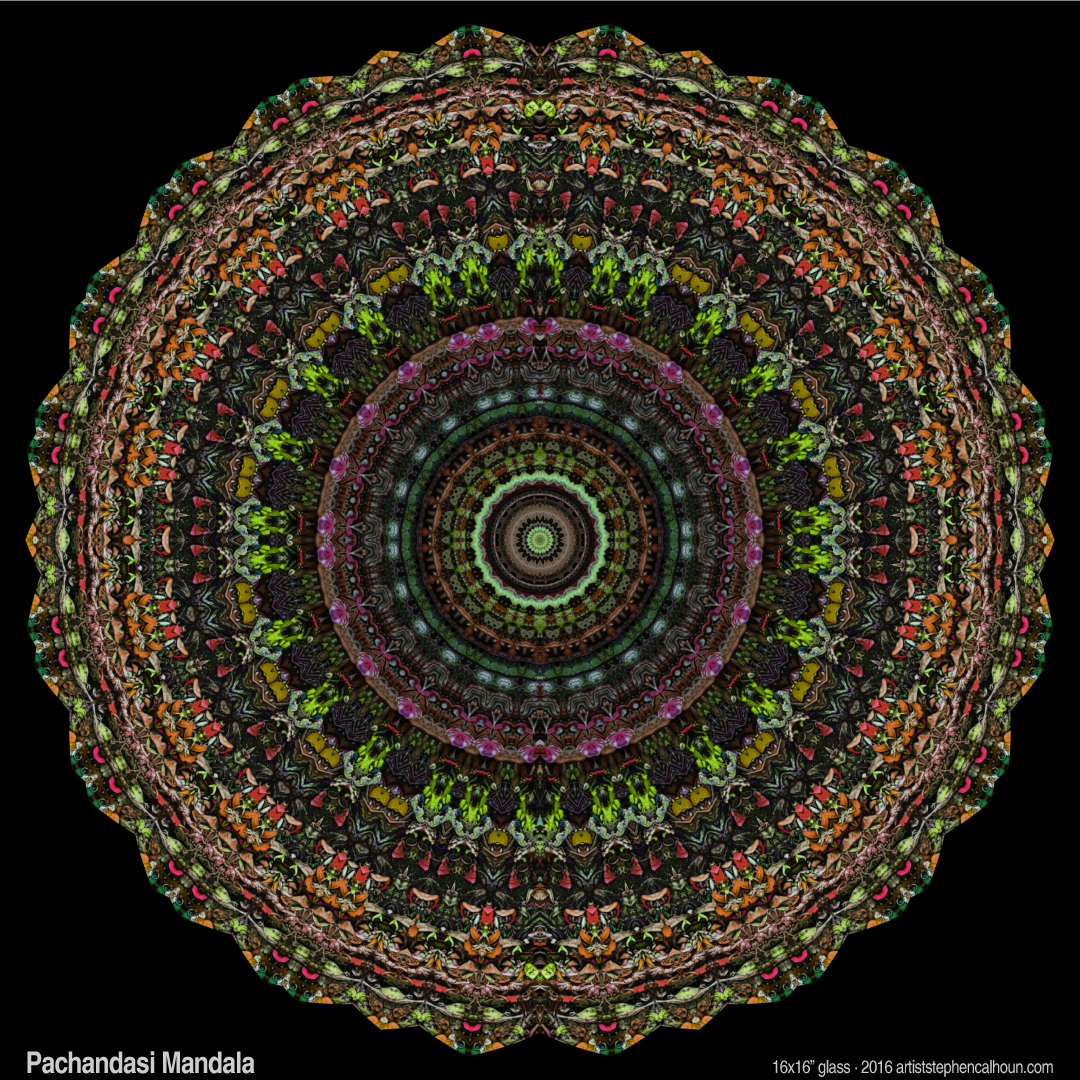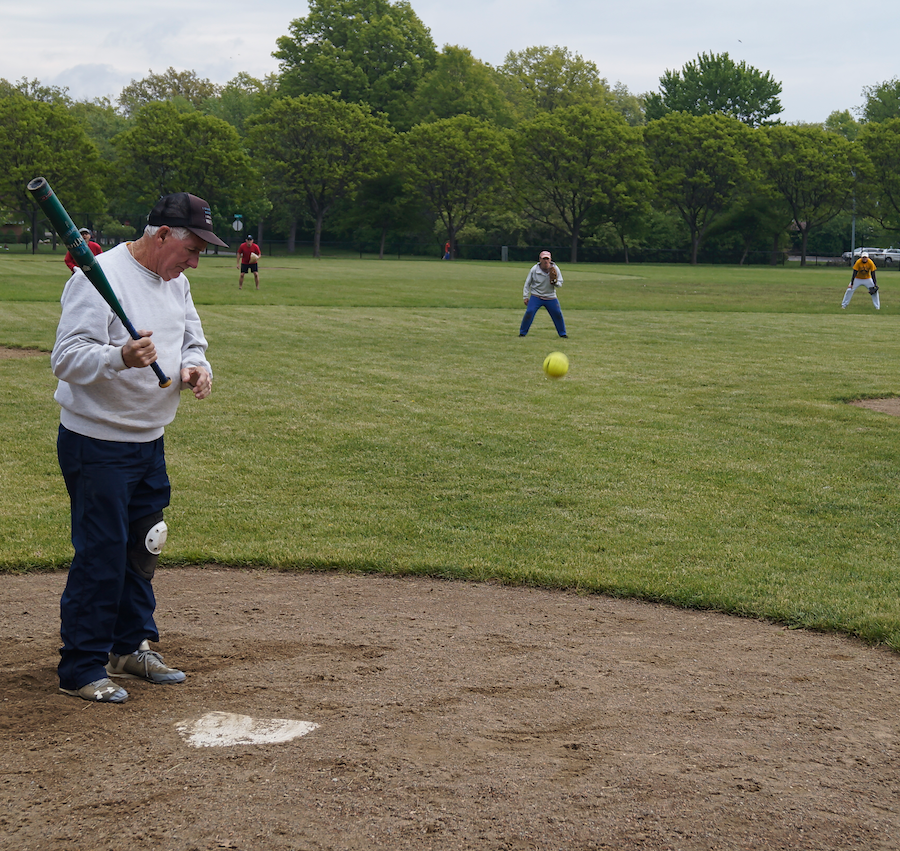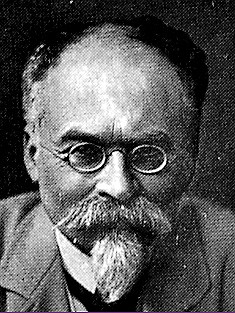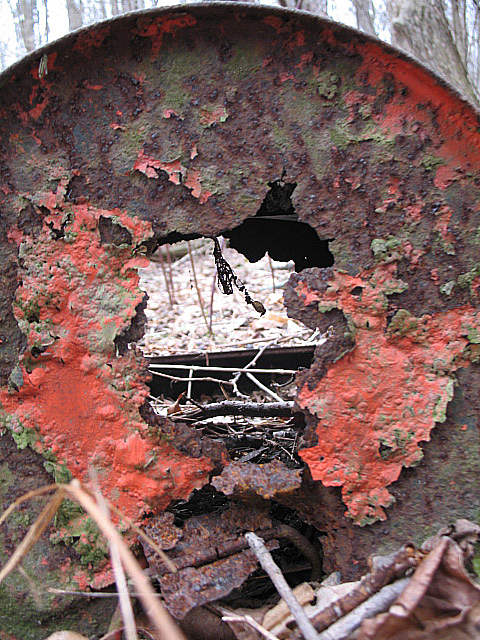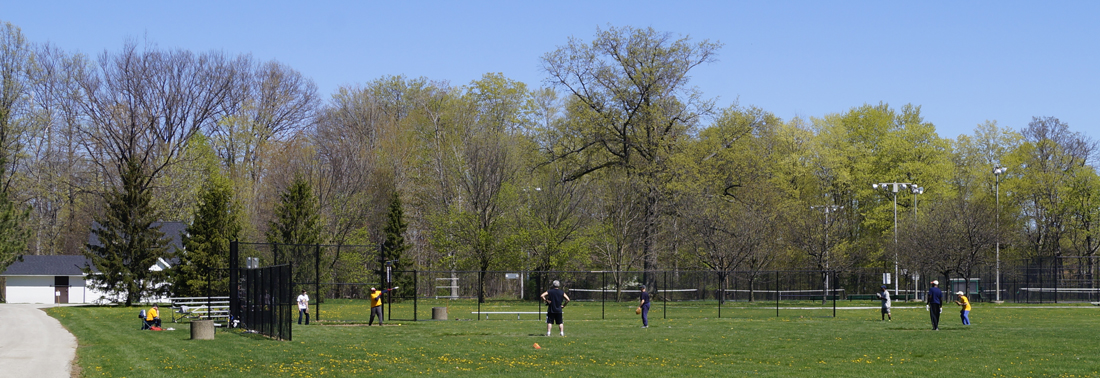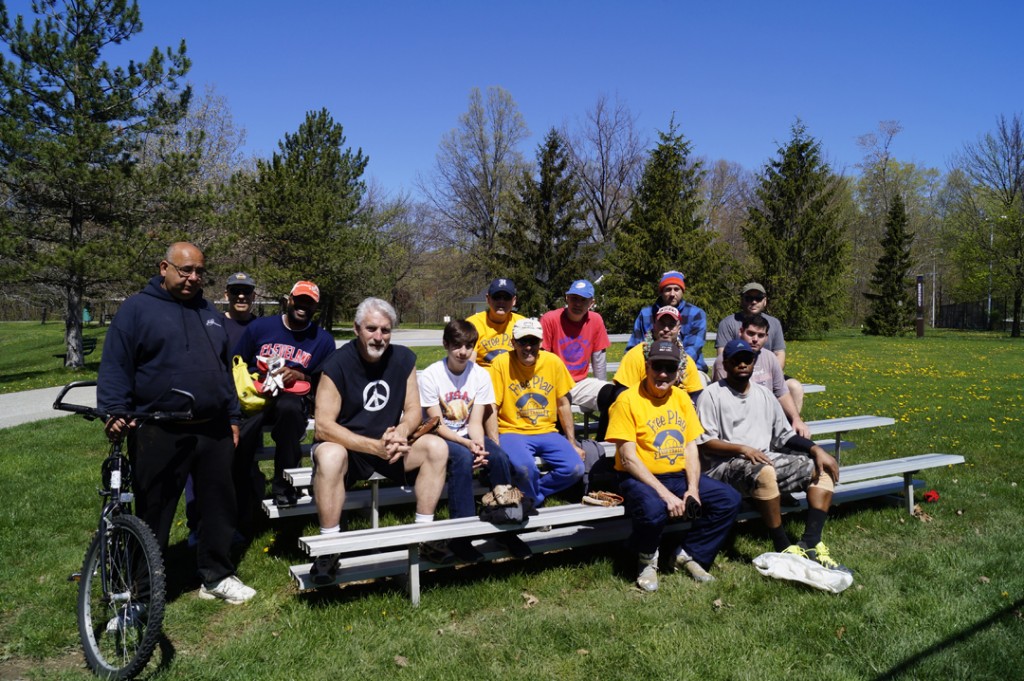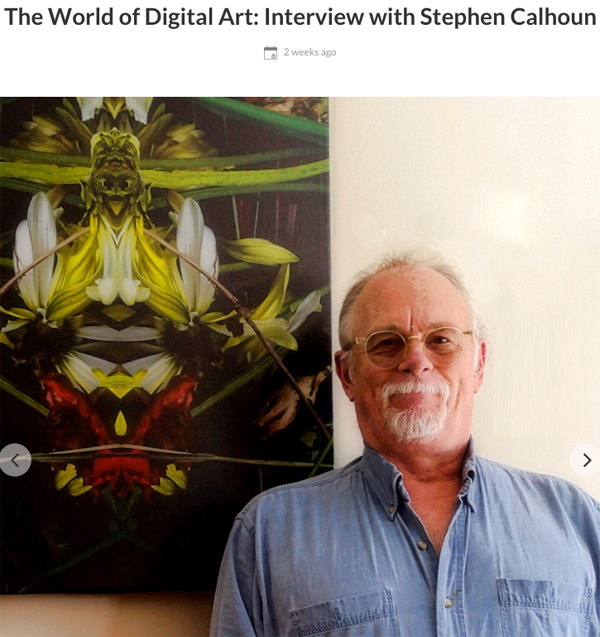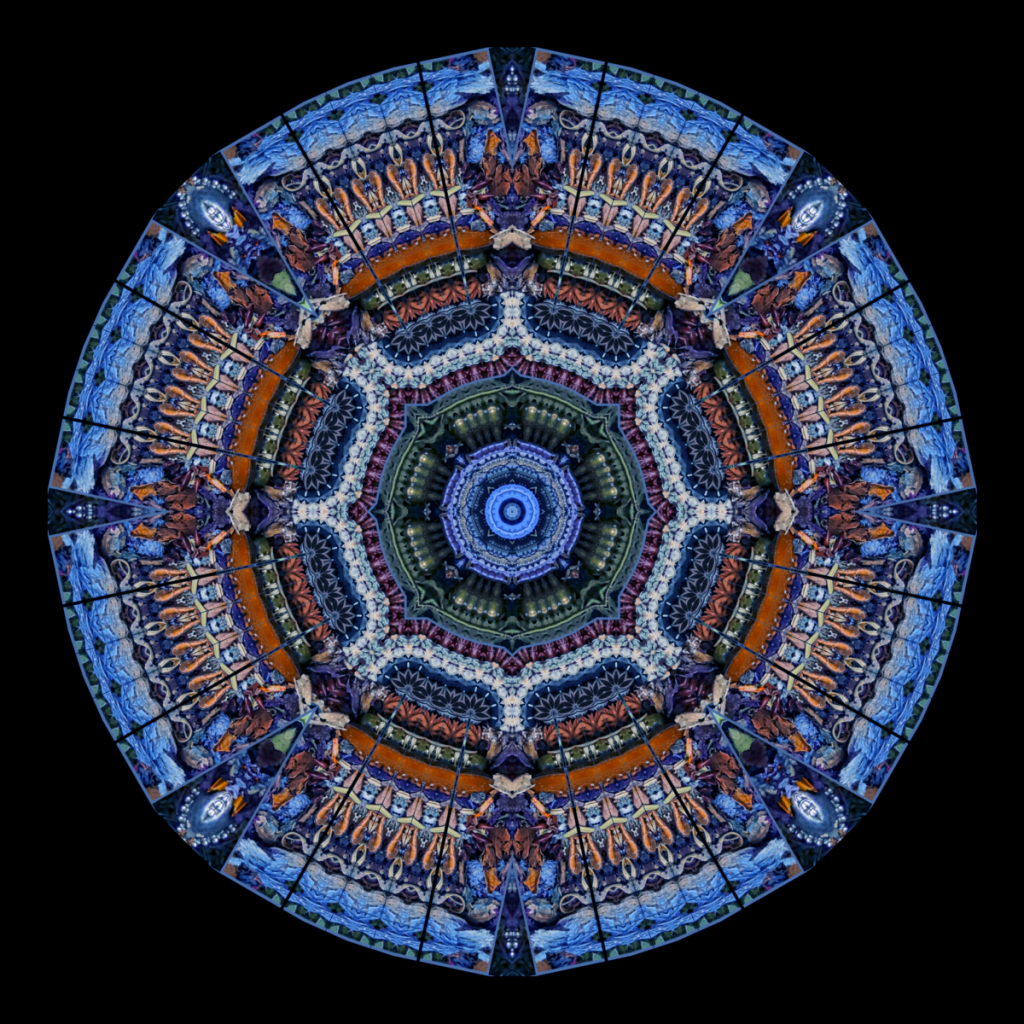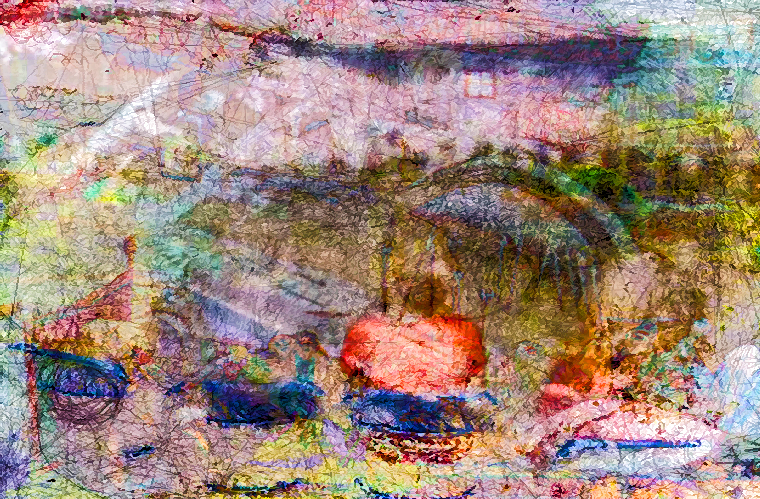
(2014) In the Tariqa (16 x 10 1/2″)
Settled It!
I would use such a rarified technical term to better describe my artistic position, that there is no reason to actually deploy it! While I contemplate the problem of the insider/outsider artist, I also play around with the designation I grant to myself. There is no way to summarize or integrate the slew of positions that are–at a minimum–personally vibrant. On twitter I have at times tagged posts #outsider, #visionary, #archetypal, #generative, #experimental, #experiential, (and more.) Each such designation fits in their specific way.
Nothing rides or rests on this designation even if it might find its way into an explication gathered from possibilities which inhere to ‘here’s what I am about as an artist.’ Nor can any designation capture the thick part of my practice, the part that is partly described as being underdetermined, stochastic, heuristic, etc..
Still, to my self and for myself, I am an enactivist artist. My subjectivity is situated in a body, in a time and place, in an interface, in a constructively vital ecology. This settles it for the time being.
And, yes, I am dedicated to articulating designations that rub the post-modernity of the art world’s predispositions and normative designations differently. Why?
It seems to be a universal feature of human perception, a feature of the underpinning of human epistemology, that the perceiver shall perceive only the product of the perceiving act. He shall not perceive the means by which that product was created. The product itself is a sort of of work of art. (Gregory Bateson, A Scared Unity, p217)
If we relate this to seeing the art object, the crucial tacit element to this point of Bateson’s is that the entirety of the second and third orders given in the cognition, processes and history of the artist, and which are behind the art object, are not at all features of perception.
enactivist theory:
etec.ctlt.ubc.ca/510wiki/Enactivist_Theory
Tutorial on Embodiment (eucognition.org)
5.1.3. Embodied dynamicism and enactivism“Since the early 1990s the computationalist orthodoxy has begun to be challenged by the emergence of embodied-embedded cognitive science (e.g. Clark 1997; Wheeler 2005; Varela et al. 1991). This approach claims that an agent’s embodiment and situatedness is constitutive of its perceiving, knowing and doing. Furthermore, the computational hypothesis has been challenged by the dynamical hypothesis that cognitive agents are best understood as dynamical systems (Van Gelder and Port 1995). These developments can be broadly grouped together under the heading of embodied dynamicism (cf. Thompson 2007, pp. 10-13). While this approach has retained the connectionist focus on self-organizing dynamic systems, it incorporates this emergentist perspective into a non-computationalist framework which holds that cognition is a situated activity which spans a systemic totality consisting of an agent’s brain, body, and world (e.g. Beer 2000).” (Froese, 2009)
“The paradigm of enactive cognitive science originally emerged as a part of the embodied dynamicist approach in the early 1990s with the publication of the influential book The Embodied Mind by Varela et al. (1991). However, while the enactive approach also emphasises the importance of embodiment, situatedness and dynamics for our understanding of mind and cognition, it has stood out from the beginning by promoting the cultivation of a principled phenomenological investigation of lived experience as a necessary complement to a standard scientific inquiry of the mind (e.g. Varela et al. 1991; Varela 1996, 1999). Moreover, it has recently set itself apart even further by placing a systemic biological account of autonomous agency at the heart of its theoretical framework (e.g. Weber and Varela 2002; Thompson 2004; Di Paolo et al. 2008). This complementary focus on biological (living) and phenomenological (lived) subjectivity clearly distinguishes the enactive approach from the rest of the competing paradigms in the cognitive sciences (cf. Thompson 2007).” (Froese, 2009)
bonus:
Vanishment in the Garden
The Shark In The Park from Polynoid on Vimeo.
Raspberries and blackberries have won the day in the berry garden out back. They have come to dominate the strawberry patch in the rectangle set in an unfavorable place right by a large buckeye tree.
This is similar to how my creativity has become reoriented to visual experiments rather than sonic experiments. Sometimes when I walk past the two pedal steels in my current digital image processing studio, I strum the strings.
Filed under personal, visual experiments, my art
Six days I stray, on number seven I try to be a little better
Here And Now
by Ella Wheeler WilcoxHere, in the heart of the world,
Here, in the noise and the din,
Here, where our spirits were hurled
To battle with sorrow and sin,
This is the place and the spot
For knowledge of infinite things;
This is the kingdom where Thought
Can conquer the prowess of kings.Wait for no heavenly life,
Seek for no temple alone;
Here, in the midst of the strife,
Know what the sages have known.See what the Perfect Ones saw-
God in the depth of each soul,
God as the light and the law,
God as beginning and goal.Earth is one chamber of Heaven,
Death is no grander than birth.Joy in the life that was given,
Strive for perfection on earth.Here, in the turmoil and roar,
Show what it is to be calm;
Show how the spirit can soar
And bring back its healing and balm.Stand not aloof nor apart,
Plunge in the thick of the fight.There in the street and the mart,
That is the place to do right.Not in some cloister or cave,
Not in some kingdom above,
Here, on this side of the grave,
Here, should we labor and love.
The Choice
by William Butler YeatsThe intellect of man is forced to choose
perfection of the life, or of the work,
And if it take the second must refuse
A heavenly mansion, raging in the dark.When all that story’s finished, what’s the news?
In luck or out the toil has left its mark:
That old perplexity an empty purse,
Or the day’s vanity, the night’s remorse.
Perfection
by Robert William ServiceIf I could practice what I preach,
Of fellows there would few be finer;
If I were true to what I teach
My life would be a lot diviner.If I would act the way I speak,
Of halo I might be a winner:
The spirit wills, the flesh is weak,–
I’m just a simple sinner.Six days I stray,–on number seven
I try to be a little better,
And stake a tiny claim on Heaven
By clinging close to gospel letter.My pew I occupy on Sunday,
And though I draw the line at snoring,
I must admit I long for Monday,
And find the sermon boring.Although from godly grace I fall,
For sensed with sin my every act is,
‘Twere better not to preach at all,
Then I would have no need to practice.So Sabbath day I’ll sneak away,
And though the Church grieve my defection,
In sunny woodland I will pray:
“God save us from Perfection!”
Filed under adult learning, experiential learning, play
Ngaphandle – Part One
Edward M. Gómez on Outsider Art from Sinnlicht on Vimeo.
Definitions?!
RAW VISION : The controversy surrounding the exact definition of Outsider Art and allied fields has been going on ever since awareness of the phenomenon began so here we try to clarify the different aspects.
Essay offers sub-divisions without defining the term itself.
Outsider Art Fair: Over the years, the parameters of Outsider Art have expanded dramatically to include art made by a wide variety of art-makers who share this common denominator of raw creativity. Outsiders come from all walks of life, from all cultures, from all age groups. In recent years, Outsider Artists may have even come to outnumber Insider Artists who have achieved critical validation within the elite art world, and yet who speak with increasingly less clarity and relevance to us about the human experience.
It seems to me obvious that there are more self-trained artists than there are academically trained artists.
Huffington Post 11/20/2014 10 Outsider And Self-Taught Artists Who Use Art To Create Their Own Worlds: The term “outsider art” was first used by art historian Roger Cardinal in 1972 to loop together art made by people living with certain disabilities, as well as those living on the outskirts of society. Unlike most other art movements, outsider artists don’t have much in common besides straying from the norm. They work in different media, throughout different times and places, without shared assumptions or aesthetic styles.
In fact, most outsider artists have or had no idea they would be categorized as such — or even that their art would be seen by someone other than themselves. Therein lies the conundrum — is a celebration of outsider art redemptive tribute or exploitation?
In “How to Look at Outsider Art,” Lyle Rexer defines the tricky genre as “the work of people who are institutionalized or psychologically compromised according to standard clinical norms.” This definition was amended to include those enduring an altered state of consciousness — whether from marginalization or incarceration. “Self-taught art” is a category that often overlaps with outsider art, referencing artwork made without schooling that strays from the norms and styles of the time.
Christie’s : ‘Outsider Art is perhaps a catch-all term,’ explains Christie’s specialist Cara Zimmerman. ‘I tend to classify it as art made by people who weren’t working within the artistic establishment.’
In the United States, she says, the material stems from a folk-art tradition. Most Outsider artists received no formal training and were influenced by pop culture and the world around them rather than other mainstream artists.
The Atlantic The Rise of Self-Taught Artists. Out is the new in. : For an artist to be considered an outsider, he or she must first be brought inside the professional art world by an insider.
Huffington Post 1/30/15 What Is The Meaning Of Outsider Art? The Genre With A Story, Not A Style: There are various ways to make sense of outsider art as a genre. Roberta Smith calls it “a somewhat vague, catchall term for self-taught artists of any kind.“ Lyle Rexer defines it as “the work of people who are institutionalized or psychologically compromised according to standard clinical norms” or “created under the conditions of a massively altered state of consciousness, product of an unquiet mind.” Jerry Saltz argues it doesn’t exist at all, except as a discriminatory boundary preventing untrained artists from their rightful places in the canon.
Artsy – About Outsider Art: A label applied to artworks that have little connection with the art world or are created by people with no formal art training. The term is also applied to artworks by people with psychiatric disabilities and others on the margins of society. However, as more and more examples have been exhibited and subsumed into the historical canon, some have argued that the ‘outsider’ label should be retired.
Hyperallergic. What Does “Outsider Artist” Even Mean?: In a blog post from 2007, dealer Edward Winkleman discusses the issue of intent and his changing perceptions of outsider art:
Being the stubborn loggerhead I am, I can’t get myself unstuck from an assumption about the importance of intent in art. Especially intent with regard to communicating.
Taken to its logical extremes in our debate, however, this assumption has led me to conclude that the work of Henry Darger, for example, is not “Art” because (or so it’s been reported) he had no intention of ever showing it to anyone, meaning it was not created with the intent of communicating anything with anyone, and that then made it something other than “Art.”
Now I can look at Darger’s work and feel my jaw involuntarily drop. I can marvel at the vision. I can delight at the composition and especially the color. But because I know (or think I know) these works were the result of a masturbatory effort, they don’t meet my own definition of fine art, which goes beyond just intent to communicate to include what bnon called, in the thread on child prodigies yesterday, the act of “submerging [one]self in art history as well as surveying the contemporary field and carving out a niche.”
Jerry Saltz on the Outsider Art Fair — and Why There’s No Such Thing As ‘Outsider’ Art: Which brings us to the the horrible Rubicon that still separates so-called “outsider,” “self-taught,” and “visionary” art from institutionally sanctioned official art. Now that even immigration reform can happen, it’s time for MoMA — and all museums — to integrate “outsider art” into their permanent collections and erase that distinction for good. They need to allow these artists to take their rightful places in the canon. In addition to the artists mentioned above, visionaries like Hilma af Klint, Emma Kunz, Bill Traylor, Adolf Wolfli, Martin Rameirez, Minnie Evans, John Kane, Clementine Hunter, Hector Hyppolite, and others must be integrated into the canon. At the Fair, there’s a 1939–1942 town scene by one of the greatest “outsiders” of them all, Bill Traylor, that would easily compare with any Picasso from the same period. Or, indeed, any artist.
With this outmoded discrimination still in place, the story of art is woefully misrepresentative — a lie, even. Millions of viewers and thousands of nascent artists are being denied the chance to see some of the best work made in the last 100 years simply because it was once decided that to be an artist meant having had pre-approved training. It’s a self-perpetuating false distinction…
Filed under art, artists, creative captures, cultural contradictions
Discrete Charms
Admit something:
everyone you see, you say to them: “love me.”
Of course you do not do this out loud; otherwise
someone would call the cops.
Still, though, think about this, this great pull in us
to connect.
Why not become the one who lives with a full moon
in each eye that is always saying,
with that sweet moon language,
what every other eye in the world is dying to hear?
(Hafiz)
Thus Adam might have called the animals “by their own names” in two senses. Either he gave them the names that, by some extralinguistic right, were already due them, or he gave them those names we still use on the basis of a convention initiated by Adam. In other words, the names Adam gave the animals are either the names that each animal intrinsically ought to have been given or simply the names that the Name Giver arbitrarily and ad placitum decided to give them. (Umberto Eco, Serendipities, Language and Lunacy)
Natalie Johnson Dance presents: AGEN, Sunday 1:30pm, March 2017 from Natalie Johnson Dance on Vimeo.
Visual Thinking Strategy
A VTS Discussion with First Grade Students from Visual Thinking Strategies on Vimeo.
(source) In his 1997 article Thoughts on Visual Literacy, Philip Yenawine describes visual literacy as:
“…the ability to find meaning in imagery. It involves a set of skills ranging from simple identification (naming what one sees) to complex interpretation on contextual, metaphoric and philosophical levels. Many aspects of cognition are called upon, such as personal association, questioning, speculating, analyzing, fact-finding, and categorizing. Objective understanding is the premise of much of this literacy, but subjective and affective aspects of knowing are equally important.”
The three fundamental questions of Visual Thinking Strategy:
Abigail Housen and, later partnered with Yenawine, structure a theory of development around the experience of art. It has become popular as a basis for pedagogy in some schools, in many museums, and, as a foundational practice for art teachers and docents. (See: VTS Basic Manual: Learning To Think And Communicate Through Art; Housen, and Theory into Practice: The Visual Thinking Strategies, Yenawine. The latter article is available at VTShome.
VTS is very close to being in alignment with my own artmaking ethos, except it is missing the body. The body in this case is the viewing subject.
Here are four questions that could restore the body in the process of aesthetic inquiry:
(1) What do your findings feel like as emotions?
(2) What do your findings feel like in your body?
(3) Characterize your sense of your own experience?
(4) What are you doing to understand your experience?
Filed under art, artists, experiential learning, my research, psychology
Speed Factors and Bell Curves
They, the Free Play assembly, refers to me as ‘Cap’ or Commish, and, it was Kolb who dubbed me the ‘handicapper.’ I’ve been making the Sunday morning line-up out since the season of 2004. As I have had occasion to remind people, the handicapping task goes along with a leadership task I obtained in 2004 by also taking over the on and off season care of the equipment.
For my own part, I consider myself additionally to be the one who fulfills the roles, variously and often situationally deployed, of peacemaker, group therapist, herald, dictator, pastoral counselor, and parent.
Most of the players take me completely for granted. This is okay simply because I am also in the role of researcher, and this is best done under the radar. This season I have asked for help and so Free Play Softball has implemented a council of elders.
Last Sunday I became upset. It happens. Sometimes handicapper is confused with the projection of being a fixer or the softball equal of a button man. In truth, I attempt to forge a close game, and better than half the time I am successful. Other times what I term principal dynamic factors have their negative way, and these help make the outliers of the Bell Curve. These factors reflect one well known truism and another statistical nuance. The truism is that the team that fields the ball better gains a substantial advantage. Almost all the runs in our games are unearned. Players tend to overrate their fielding ability, yet, as handicapper, almost everybody is inconsistent, and is rated as such.
The other factor is that the better hitters regress to the mean more dynamically than the mediocre hitters. The hitter who hits three out of four with power falls farther on a hitless day than a hitter who hits 2 out of 4 and rarely hits for an extra base. This is to state a nuance of performance that cannot be anticipated before it happens: the handful of excellent hitters are sometimes inconsistent, and when a good hitter has a bad day, this regression hurts the team’s chances more than the milder regression of the more often encountered underperformance of the mediocre hitter.
My handicapping theory is to spread out the fielding and the good hitters. This is my theory of equity–as a handicapper.
Oh yeah I became upset when one of my elder colleagues suggested I had favored my team with faster players. This perception was incorrect, but, when the criticism was accompanied by the player’s sense that I had concocted a probable rout, I became sharply angry for a moment. Tell me what you do not like about my line-up making, but don’t imply I am purposely undermining equity. The games are decided on the field.
Anyway, the purportedly slower team won in a rout driven by, yup, several great hitter’s off day at the plate on the losing team. I have made out the line-up for over 300 games. Roughly 70% have been decided by 4 runs or less.
Filed under play
Whirling Around World Events
Whirling Dervishes Istanbul from John Cummins on Vimeo.
All the saints and sages have said evil deeds
become a dark hole which encloses the evil doer.
The worse the doer’s deed, the darker is the hole.
You may intend to snare someone else,
but you’re digging that pit for yourself to fall down.
Watch out! Don’t dig too deep.
Be soft earth so that you may sprout folwers of many colors.
You’ve been a jagged rock for years.
Just once–as an experiment–be earth!
(Rumi)
Filed under adult learning, Religion, self-knowledge, sufism
Tubular Transmissions
I really like the rumored-to-be-cancelled Netflix series, Sense8. As we finish catching up with season one, it strikes me that the saturated globe trotting opening sequence provides a nifty psychological priming for what follows: a transcendental thriller, created by The Wachowskis, J. Michael Straczynski, and Lilly Wachowski, Lana Wachowski.
The series explores the aging sci-fi trope: evolutionary advances are to be punished and eliminated by the regressive powers given by consensus, convention and everyday jeopardies. Unfortunately, the series adheres to the biases of the film modality that favors the regressive working through of this conflict in violent ways. Still, with eight international principle roles split between men and women, the show’s recombinations of its cast for the sake of plotting the advance of egalitarian and social justice themes, even if these are contracted to the scale of the various relationships of the sense eight.
Filed under creative captures
Make It All Up
Epistemology establishes how we understand reality, what we believe the world to be made up of. If library directors do not have a way of knowing what is, how are they to know how to act in a time of crisis? (Phenomenology, Aesthetics, and Planning for the Artful Library Director, Kenneth Warren, 2014)
Straight ‘Poiethics’ But With a Beat
NOWHERE TO RUN
There’s nowhere
to run in marriageWorking and paying everyday
for wanting her,But if you’d leap,
like Screamin’ Jay Hawkins,Past the shadow curved around her,
into whatever’s left in your coffin,You could rip free
from her wine sackYour Noah, your Pip,
your keel, your breaker,And sail with them
into the raging wave to come.Ken Warren (1953-2015)
h/t Joe Napora, who posted this on
honoringkenwarren
Life is for
the living,
death is for
us all.
(Abdullah Ibrahim)
Filed under Cleveland, Kenneth Warren, poetry, sufism
Free Play Futility and the solidarity of variability
Free Play Softball League, a confrere open to anyone 16-96 who has the chops to enjoin a game that references an ethic, that a game may be literally played as an experiment in learning how to play the game itself, and, additionally, references the variability of human nature.
The affectual ecology of the latter comes to fault the enjoining ethic. That this ethic is referenced, rather than it is something to anchor to, was obvious in our third week of the new season.
A group of five elders, including myself, came to be convened prior to the second game so that we could figure out between ourselves how to dial back several behaviors that have become too woven into the game. The motivation to do this was to reset the game’s overly competitive mood for the sake of making the game more inviting for new players.
We established a protocol for transforming the way the game processes controversies. Such controversies are one of three grounds for negative behavior. (The other two are: disparaging other player’s actions, and, rooting against the opposing team.) Last Sunday the protocol, centered on eliminating arguing by situating the decision in only the judgment of the two team captains, got completely ignored in the one instance it was called for.
Actually, what happened was worse than this summary, although the argument itself was not terribly intense.
Transformation is difficult.
I violated the prohibition against disparagement when I became impatient at the plate, and beseeched the opposing pitcher.
patience, n. A minor form of despair, disguised as a virtue. (Ambrose Bierce)
Transformation is difficult.
Filed under adult learning, play
As If, a yoga of the practice of irony in a cosmos of contingency
A leading moral and political philosopher, Kwame Anthony Appiah is Professor of Philosophy and Law at New York University. He explores the ideas of the philosopher Hans Vahinger, who argued that our theories of the world involved understanding things “as if” what is in fact false were true.
via: http://gradlectures.berkeley.edu/lecture/
I had begun this article with reference to Hans Vaihinger’s examination of the two simple words, as-if, which he posits as a fictive device. Until I read his book I was completely unaware that I used them in daily life. Once I did, I couldn’t get as-if out of my mind. Not only that, I found it was fascinating to observe how other people used these words. When I asked if they were aware of the fact, invariably the answer was no. Nevertheless, once they did, they were delighted at finding a treasure right under their noses. From these observations I gathered that the various ways we employ as-if reflects a desire to step outside the routine of daily life, the easiest way being to entertain fanciful thoughts. Such thoughts aren’t to be dismissed outright as a waste of time. If we were asked about them, we’d respond that they constitute an important part of our lives, indeed, are essential to our psychic health. At the same time these thoughts have basis in reality–they arise from experiences in real life–and can reflect our deepest desires. excerpt Some Reflections on Hans Vaihinger (Richard McCambley)
Teaching Cartoon: man unable to ‘splain
Filed under adult learning, Religion, self-knowledge, sufism
Legacy Artworks #12: Old Whole
This is another installment in moving selected pre-2012 artworks to the blog. Here’s what has been moved so far, Legacy Art works 1993-2012.
Filed under art - legacy works
Opening Day, Free Play Softball League 2017
Opening Day, Free Play Softball League 2017, first game in the age of Trumpism. It was a closely contested game if you forget the results of the first and last inning.
This season we’re hoping to attract new players to our league that is ideally described by elder Tom: “It’s a game that people of any skill level can come and play in and learn how to play.”
I convened some of our elders to find out if it growing the game was doable. Oh, and I suggested we’d have to dial back the game’s sometimes fractious, and, at times overly competitive atmosphere. We devised a series of guidances, responses, and contingent interventions, for the sake of recovering the founding ethos of our pick-up game, a game that aspired to be inviting to any gender, and any age between 16 and 96.
What Gurdjieff calls ‘Objective science’ uses the musical analogy to depict a universe composed of a chain of energies that stretches from the lowest octave to the highest: each energy is transformed as it rises and falls, taking on a coarser or finer nature according to its place in the scale. At each specific level, an energy corresponds to a degree of intelligence, and it is consciousness itself, fluctuating within a wide range of vibrations, that determines human experience. (Peter Brook, in notes to his play, Gurdjieff)
Filed under adult learning, experiential learning
Questioned, Again
Oh Good Party has published this month an interview with yours truly, artist Stephen Calhoun.
(Oh Good Party is art advisory and art concierge providing services to their private group of asian collectors, some in Canada, most in China. They invited me to be the second American artist to join their roster of artists.)
On my own website there is an extensive Q&A too.
Filed under art, artists, visual experiments, my art
Extreme Cases
NUMINOSUM
At the threshold of the divine, how to know
But indirectly, to hear the static as
Pattern, to hear the ragtag white noise as song—
No, not as song—but to intuit the song bird
Within the thorn thicket—safe, hidden there.
Every moment is not a time for song.
Or singing? Imagine a Buddha, handmade,
Four meters high of compacted ash, the ash
Remnants of joss sticks that incarnated prayer.
With each footfall, the Buddha crumbles. Ash shifts.
With each breath, the whole slowly disintegrates.
To face it, we efface it with our presence.
An infant will often turn away as if
Not to see is the same as not being seen.
There was fire, but God was not the fire.
Eric Pakey is the author of ten collections of poems, most recently Trace (Milkweed Editions 2013) and Dismantling the Angel (Free Verse Editions 2014). A new collection, Crow-Work, is due out from Milkweed Editions in 2015. He is the Heritage Chair in Writing at George Mason University. Kenyon Review Fall 2011
Werner Herzog on Chickens from Tom Streithorst on Vimeo.
Since most categories are matters of degree (e.g., tall people), we also have
graded concepts characterizing degrees along some scale with norms of various
kinds for extreme cases, normal cases, not quite normal cases, and so on. Such
graded norms are described by what are called linguistic hedges (A4, Lakoff
1972), for example, very, pretty, kind of, barely, and so on. For the sake of imposing
sharp distinctions, we develop what might be called essence prototypes,
which conceptualize categories as if they were sharply defined and minimally
distinguished from one another.When we conceptualize categories in this way, we often envision them using
a spatial metaphor, as if they were containers, with an interior, an exterior, and
a boundary. When we conceptualize categories as containers, we also impose
complex hierarchical systems on them, with some category-containers inside
other category-containers. Conceptualizing categories as containers hides a
great deal of category structure. It hides conceptual prototypes, the graded
structures of categories, and the fuzziness of category boundaries.
In short, we form extraordinarily rich conceptual structures for our categories
and reason about them in many ways that are crucial for our everyday
functioning. All of these conceptual structures are, of course, neural structures
in our brains. This makes them embodied in the trivial sense that any mental
construct is realized neurally. But there is a deeper and more important sense in
which our concepts are embodied. What makes concepts concepts is their inferential
capacity, their ability to be bound together in ways that yield inferences.
An embodied concept is a neural structure that is actually part of, or
makes use of, the sensorimotor system of our brains. Much of conceptual inference
is, therefore, sensorimotor inference. ( George Lakoff Philosophy in the Flesh )
Three Into Four, Repeat. . .

The shuttling to and fro of arguments and affects represents the transcendent function of opposites. The confrontation of the two positions generates a tension charged with energy and creates a living, third thing—not a logical stillbirth in accordance with the principle tertium non datur but a movement out of the suspension between the opposites, a living birth that leads to a new level of being, a new situation. (C.G.Jung)
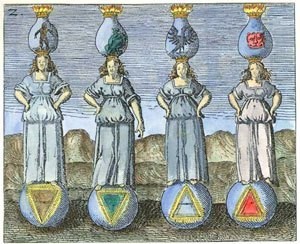
see:
On the Importance of Numinous Experience in the Alchemy of Individuation Murray Stein, Ph.D.

